Half Moon Pond
Half Moon Pond
|
Location: East of Taiwan Hakka Museum Characteristics: Limitless semi-circular waterscape that overlooks the vast city of Tongluo and Shuangfeng Mountain
The Half Moon Pond is closely related to fengshui of the folk. For instance, the ‘metamorphosis’ fengshui theory, as represented by Yun-song, Yang, emphasizes that a building shall ‘have its back to the mountain and facing water’. In other words, ‘the water at the front shall be its mirror, and the mountain at the back shall be its shield’. Such setting is particularly evident in Hakka buildings. The Hakka choose where to build houses according to the ‘metamorphosis’ fengshui theory, insisting that hilly highlands must be behind the building, with meandering waterflow in front. At the same time, in the era of imperial examinations, to earn fame and wealth through which is the dream of many. In order to pray for such a dream, people often compare the fengshui structure of the residential building to the desk front (desk mountain, facing the mountain), and later as the back of Taishi Chair (or official's hat armchair for government officials). The back of the chair here refers to the aforementioned hilly highlands located behind residential buildings. Such a structure would be similar to how officials would be sitting on Taishi Chair with a desk at front for work. People try to construct such a household structure in hope that their descendants would achieve great results in imperial examinations, thereby being able to work as government officials.
thereby being able to work as government officials. The so-called waterflow in front of the house does not necessarily means actual natural rivers or streams. If one is unable to find a perfect fengshui spot with natural rivers or streams in front of the house, he or she can simply dig a semi-circular pond manually to complete the ‘back to the mountain and facing water architectural configuration’. After having completed the half moon pond, our ancestors did not necessarily dispose of the extra earth. Instead, some gave the earth to architects to build kilns for bricks, some moved the earth to the rear of the house to create soil heaps.
As for why people would choose to build semi-circular ponds in front of their houses, it is most likely to be based on pool front schools of the aforementioned imperial examination system. Although no specific information has been found to explain when people started building half moon ponds in front of their houses, but when distinct social class division in the ancient society, it was common knowledge to avoid surpassing the emperor or government official regulations for the safety of oneself. Therefore, it is inferred that the general public adopts a semi-circular shape of ponds due to compliance with early regulations. However, half moon ponds are not unique to Hakka architectural structures only. The front of most traditional Hoklo Taiwanese residential buildings also is equipped with half moon ponds, but the Hakka ones are also related to the fengshui of soil heaps at the rear of the houses.
In the construction of half moon ponds in traditional residential buildings, the source of water is running water coming from the ‘dragon side’ and leaving the household from the ‘tiger side’. Most traditional households of the early agricultural era were located between fields. With no running tap water, most family make use of local materials in the construction of half moon ponds, that is to introduce natural stream (commonly known as ‘field water’) into the household as water source for half moon ponds. Households in Taiwan are constructed based on concepts such as ‘green dragon on the left, white tiger on the right’ and ‘the more distinguished left, the less distinguished right’ for a very long time, and that includes the water source of half moon ponds. Therefore, a water channel most commonly known as ‘waterway’ is built from the ‘dragon side’ (left rear) of the house, entering the half moon pond through the drainage channel around the outside of the main building.
As for the direction of the waterflow, according to metamorphosis fengshui, the waterflow shall not be vertical or of an inverted bow from the family household, as it would then create a flush that is unfavorable to the household. The waterflow must be curved to gather energy for goodwill. That is why the waterflow of the half moon pond must pass through the outside of the main building to create a semi-circular curved shape. In metamorphosis theories, such waterway can also be known as ‘water of jade belts’. It is believed by local folklore that ‘water of jade belts’ symbolizes the jade belts government officials at the time used to wear, suggesting that the owner of the household expects his or her descendants to earn fame and wealth for the family name.
|
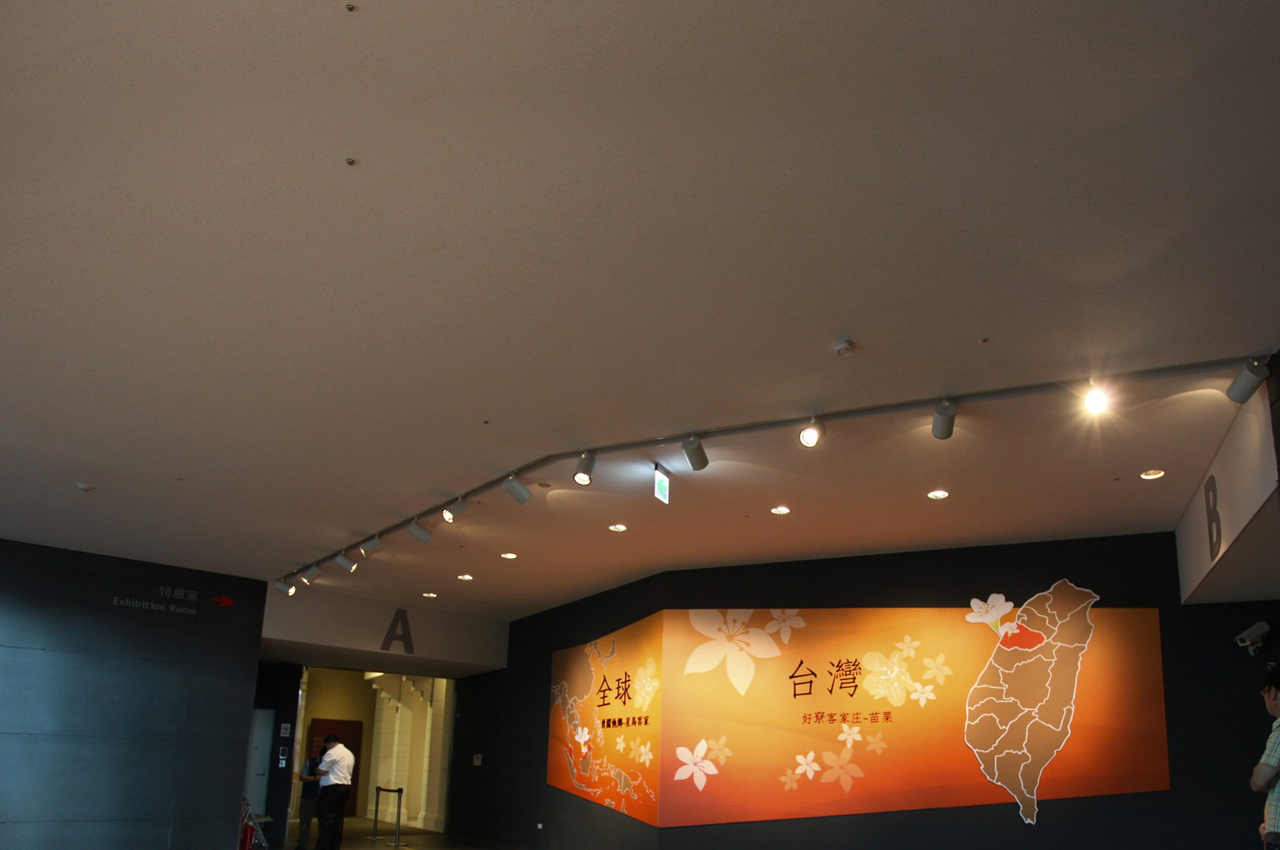
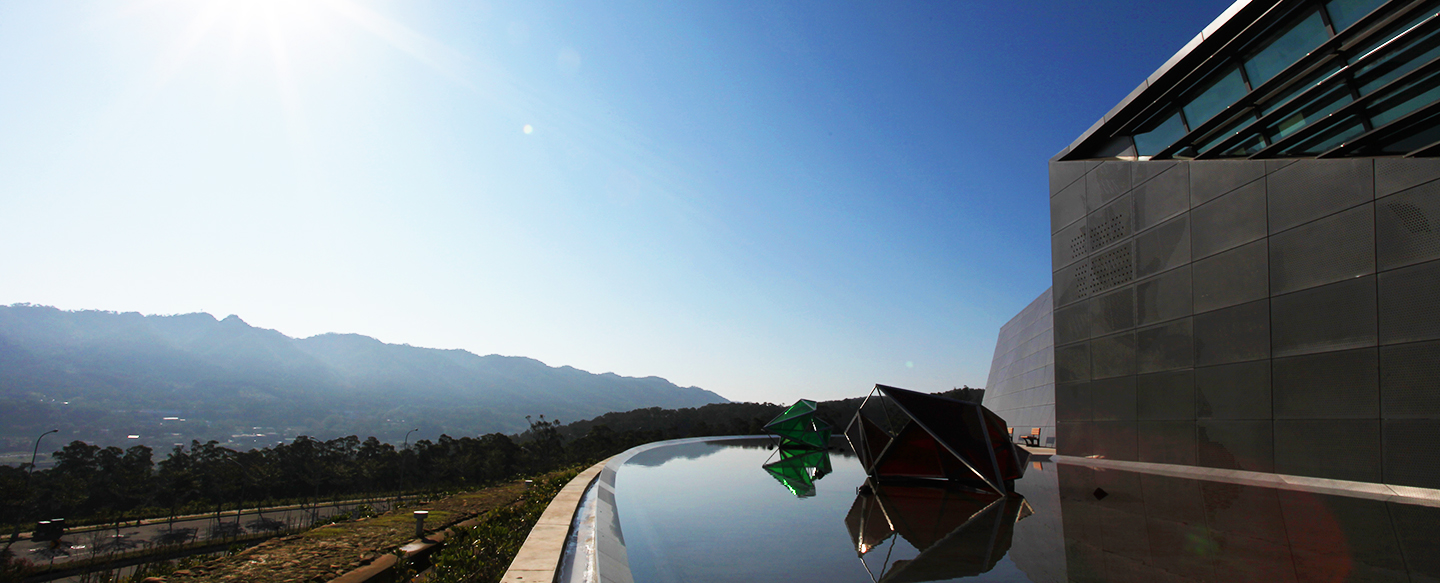
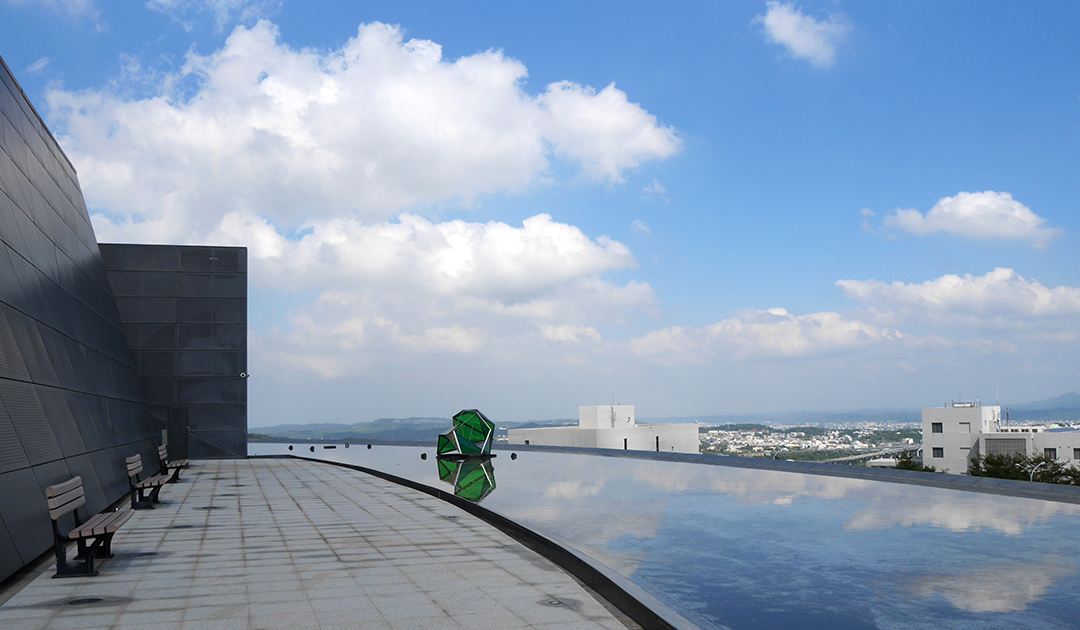
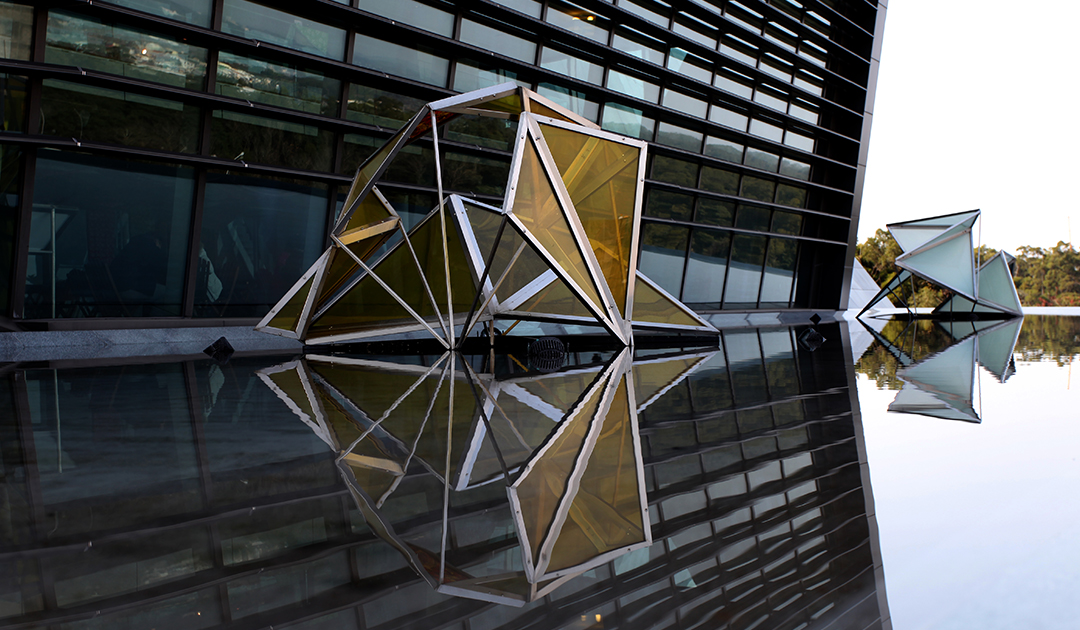
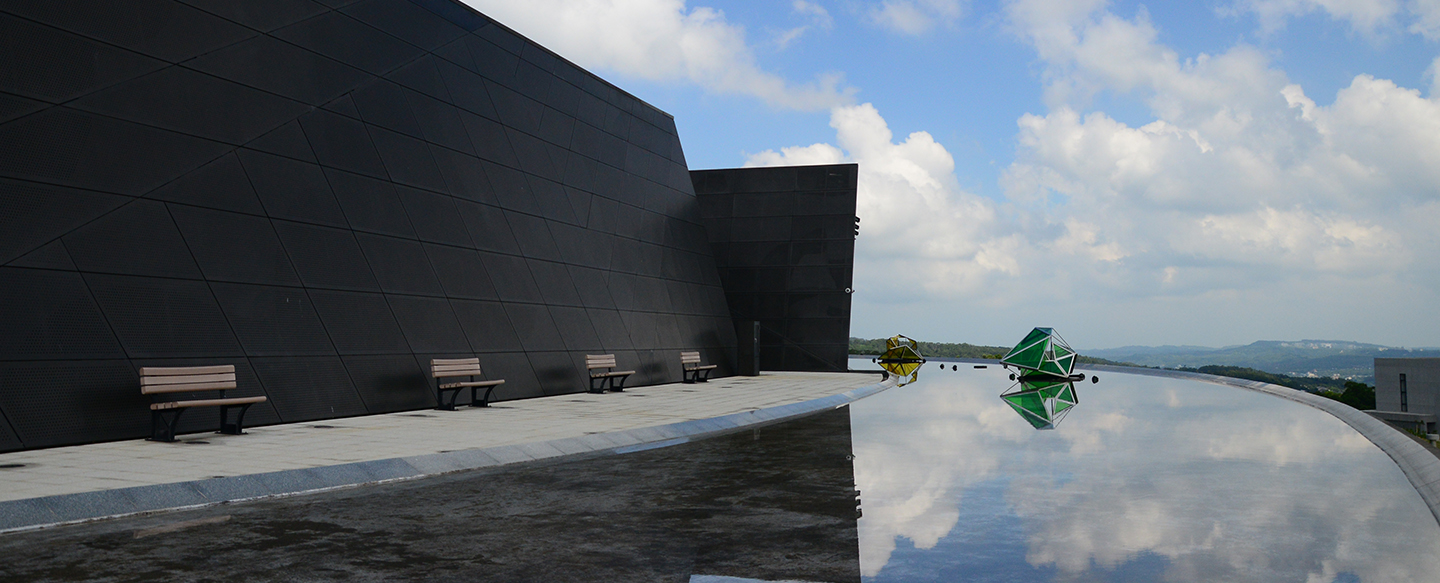
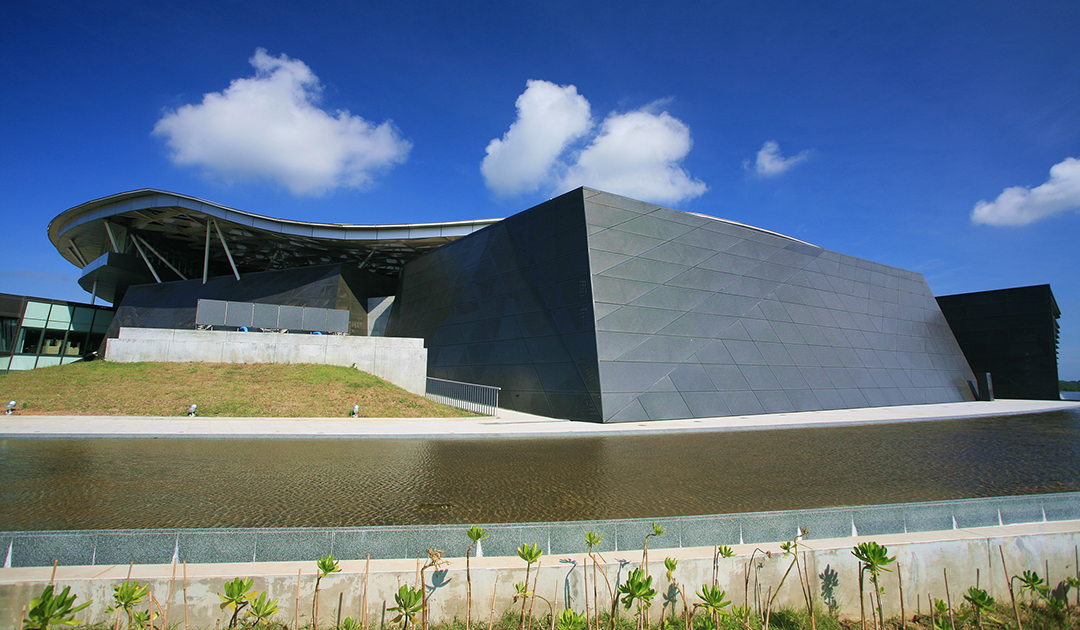 The half moon ponds of Hakka houses are geographically lower than that of soil heaps, which is a key characteristic of metamorphosis fengshui structures. The so-called ‘lower at the front, higher at the back’ is also the architectural style of Hakka buildings derived from metamorphosis fengshui, indicating that luck of the household would rise step by step. Metamorphosis fengshui also combined the half moon pond with soil heap, and referred to which as the Yin and Yang of Taiji. The soil heap is Yang, while the half moon pond is Yin. The combination of the two is like Yin and Yang intertwined, thereby fertilizes and supports all lifeforms. Such a view is particularly in line with how Hakka families of early agricultural eras would hope that the family would flourish with many descendants, which explains for the main reference of fengshui in the construction of their houses. Compared to the aforementioned fengshui needs, the common points of view of water bringing the household wealth seems to be less important. The Hakkas are more clearly more concerned with how the family would flourish and having better harvests for the family, as compared to personal wishes of ‘making money for oneself’.
The half moon ponds of Hakka houses are geographically lower than that of soil heaps, which is a key characteristic of metamorphosis fengshui structures. The so-called ‘lower at the front, higher at the back’ is also the architectural style of Hakka buildings derived from metamorphosis fengshui, indicating that luck of the household would rise step by step. Metamorphosis fengshui also combined the half moon pond with soil heap, and referred to which as the Yin and Yang of Taiji. The soil heap is Yang, while the half moon pond is Yin. The combination of the two is like Yin and Yang intertwined, thereby fertilizes and supports all lifeforms. Such a view is particularly in line with how Hakka families of early agricultural eras would hope that the family would flourish with many descendants, which explains for the main reference of fengshui in the construction of their houses. Compared to the aforementioned fengshui needs, the common points of view of water bringing the household wealth seems to be less important. The Hakkas are more clearly more concerned with how the family would flourish and having better harvests for the family, as compared to personal wishes of ‘making money for oneself’.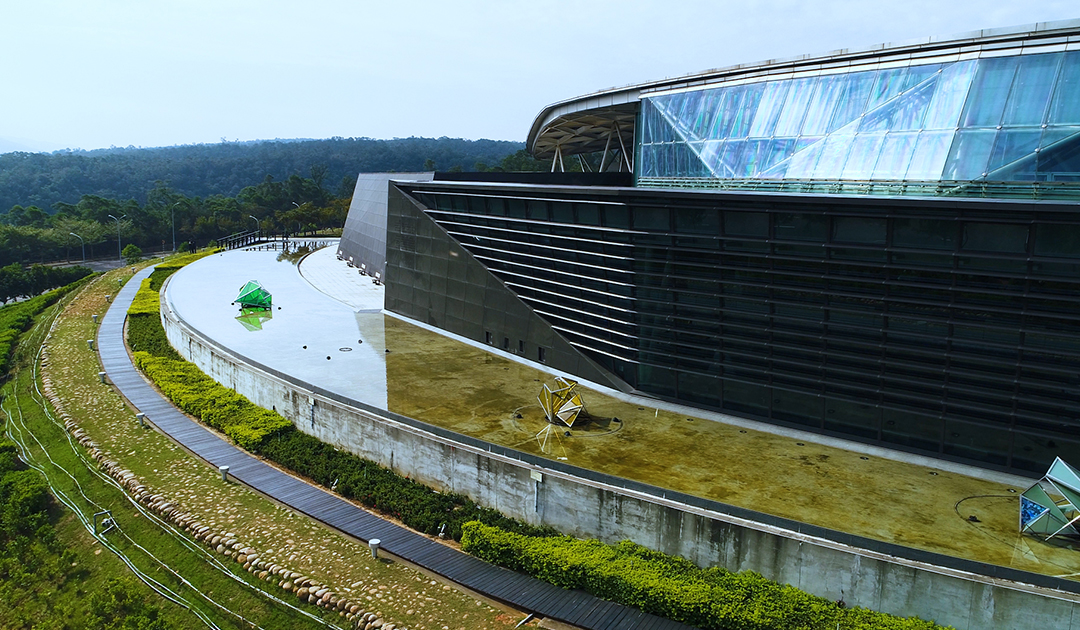 At the same time, the water source entering the half moon pond must be ‘going in and out slowly’ and ‘steadily’. The folk saying is that waterflow represents flow of wealth. If the waterflow is fast and rapid, it means that wealth is coming and leaving fast and cannot be kept. If you look closely to the entrance of diversion entrance of traditional Hakka courtyards, from which to the entrance of the half moon pond through the ‘waterway’, you may find that the appropriate height of foundation has been deliberately measured when constructing the ‘waterway’ drainage channel, so as to control the speed of waterflow not to be too fast, causing an overflow, thereby creating a ‘soft flow of water’. As a result, the waterflow finally entering the half moon pond would be ‘going in and out slowly’ and ‘steadily’. This is the main reason why the half moon pond is calm with the ripple-less surface still as a mirror, and is also why the pond completely matches the fengshui elements of ‘the water at the front shall be its mirror, and the mountain at the back shall be its shield’ as put forward by metamorphosis fengshui.
At the same time, the water source entering the half moon pond must be ‘going in and out slowly’ and ‘steadily’. The folk saying is that waterflow represents flow of wealth. If the waterflow is fast and rapid, it means that wealth is coming and leaving fast and cannot be kept. If you look closely to the entrance of diversion entrance of traditional Hakka courtyards, from which to the entrance of the half moon pond through the ‘waterway’, you may find that the appropriate height of foundation has been deliberately measured when constructing the ‘waterway’ drainage channel, so as to control the speed of waterflow not to be too fast, causing an overflow, thereby creating a ‘soft flow of water’. As a result, the waterflow finally entering the half moon pond would be ‘going in and out slowly’ and ‘steadily’. This is the main reason why the half moon pond is calm with the ripple-less surface still as a mirror, and is also why the pond completely matches the fengshui elements of ‘the water at the front shall be its mirror, and the mountain at the back shall be its shield’ as put forward by metamorphosis fengshui.
